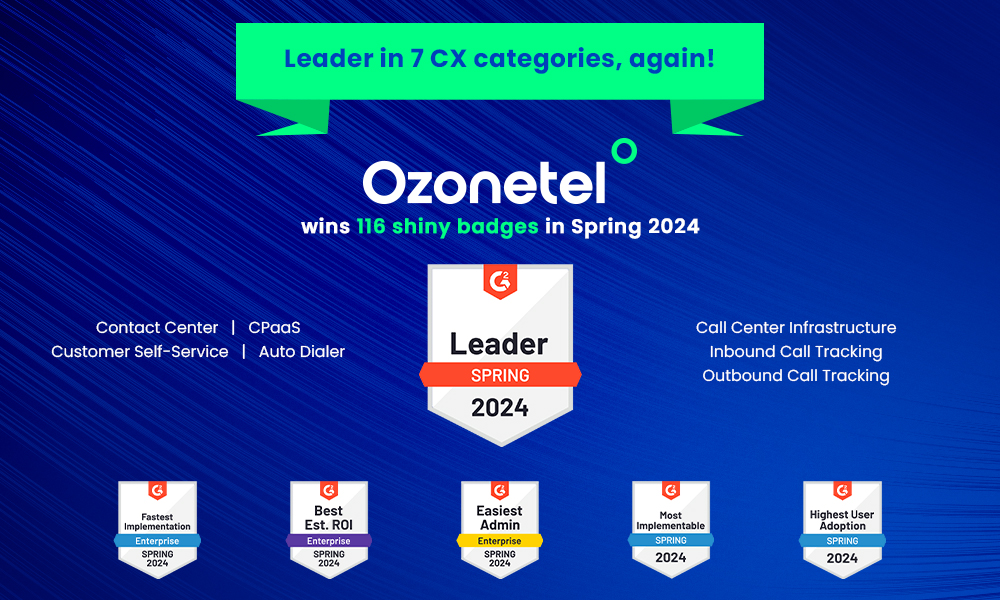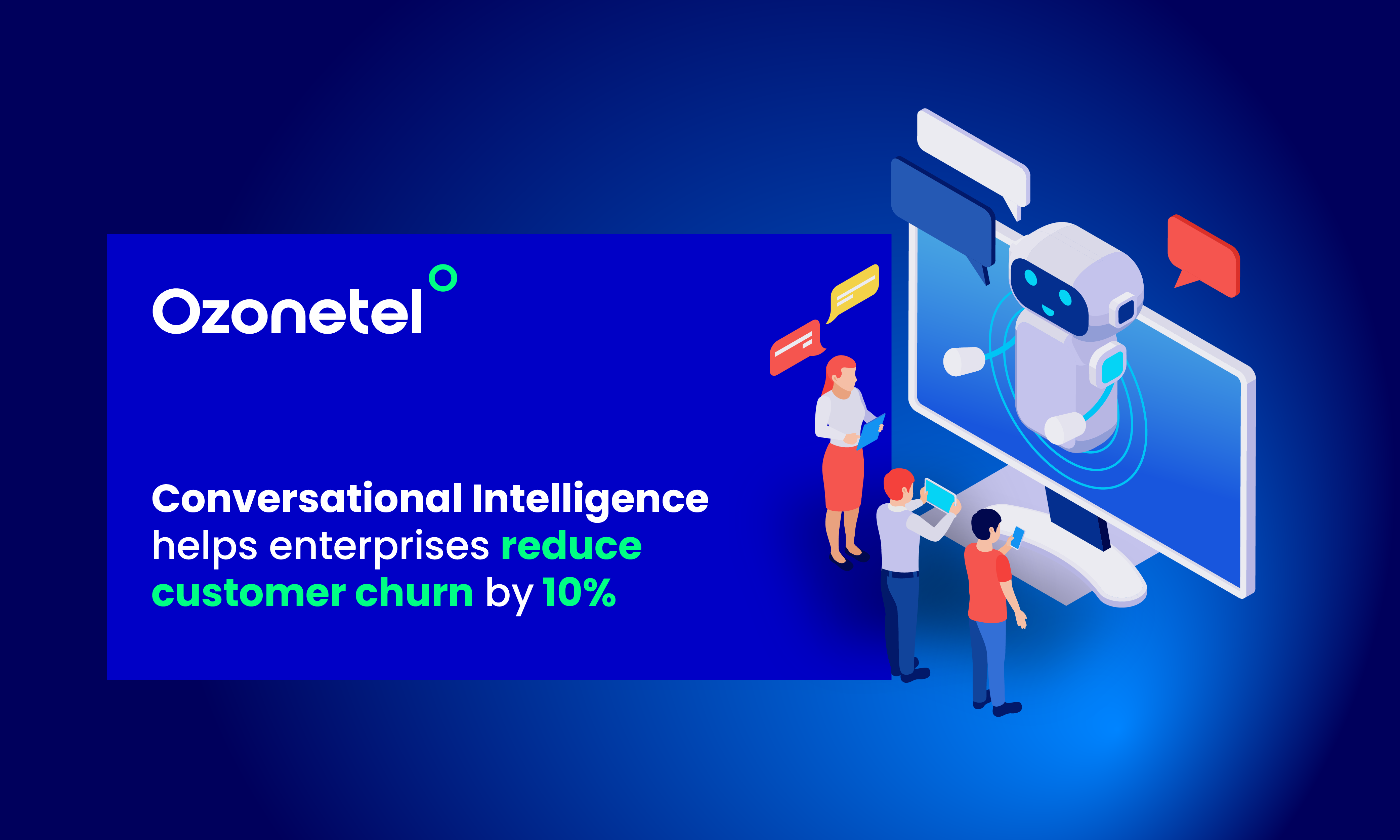- Resources
- CSAT or NPS: Which One Holds the Key to Customer Loyalty and Retention?
CSAT or NPS: Which One Holds the Key to Customer Loyalty and Retention?

In an ever-changing business landscape, customer satisfaction and loyalty have become pivotal to a firm’s success. Understanding how well your customers’ needs are met and their likelihood to recommend your products or services to others can greatly impact your bottom line. Moreover, it can help you identify areas for improvement, enabling you to better serve your customers and maintain a strong market presence.
Brief Overview of CSAT and NPS Metrics
Customer Satisfaction (CSAT) and Net Promoter Score (NPS) are two widely used metrics for assessing customer satisfaction and loyalty. While both aim to measure customer experience, they focus on different aspects and offer unique insights. CSAT evaluates the satisfaction of customers with a specific product, service, or interaction, whereas NPS measures customers’ likelihood to recommend a company to others, providing a more comprehensive view of customer loyalty.
Objective: Determine Which Metric Is More Effective for Customer Loyalty and Retention
Given the value of customer satisfaction and loyalty, it is crucial for businesses to determine which metric – CSAT or NPS – holds the key to customer loyalty and retention. In this blog post, we will explore the definitions, advantages, and limitations of both metrics and provide guidance on selecting the best metric for your business needs.
Understanding Customer Satisfaction (CSAT)
Customer Satisfaction (CSAT) is a metric that evaluates the satisfaction level of customers with a specific product, service, or interaction. The primary purpose of CSAT is to gain insights into how well a company meets its customers’ expectations, allowing businesses to identify areas that need improvement and make informed decisions about enhancing customer experience.
How CSAT Is Measured
CSAT is a yardstick of measuring customer satisfaction where customers are typically asked to rate their satisfaction on a scale of 1 to 5. This scale can range from 1 to 5, 1 to 10, or even use a Likert scale (e.g., very dissatisfied, dissatisfied, neutral, satisfied, very satisfied). The CSAT score is then calculated by dividing the sum of positive responses by the total number of responses, resulting in a percentage that represents overall customer satisfaction.
Advantages of Using CSAT
There are several benefits of using CSAT as a metric:
- It provides a simple, straightforward method for assessing customer satisfaction.
- CSAT surveys can be tailored to target specific products, services, or interactions
- It offers real-time feedback, enabling businesses to address customer concerns promptly.
- CSAT can be used as a benchmark to compare performance against competitors.
Limitations of CSAT
While CSAT offers valuable insights into customer satisfaction, it is not without its limitations:
- CSAT scores can be influenced by factors unrelated to the product or service, such as customer mood or unrelated events.
- It only captures feedback from customers who choose to respond to surveys, potentially skewing results.
- CSAT may not provide a complete view of customer loyalty, as it focuses on specific aspects of the customer experience rather than the overall relationship with a company.
Understanding Net Promoter Score (NPS)
Net Promoter Score (NPS) is measurement of customer loyalty, it evaluates how likely a customer will recommend a company, product or services. The primary purpose of NPS is to assess customer loyalty, which is considered a key driver of growth and long-term success. By understanding the factors that influence customers to become promoters or detractors, businesses can make data-driven decisions to improve customer experience and foster loyalty.
How NPS Is Calculated
To calculate the NPS, businesses pose a single question to customers as how likely they would recommend the company/product/service. It involves customers rating the likelihood of brand promotion on a scale of 0 to 10. Customers are categorized in groups based on their responses.
- Promoters (score 9-10): Loyal enthusiasts who are likely to refer others and continue purchasing.
- Passives (score 7-8): Satisfied customers, but not enthusiastic enough to promote the brand and are vulnerable to switching to competitors.
- Detractors (score 0-6): Dissatisfied customers who can harm brand reputation through negative word-of-mouth.
To measure NPS, simply deduct the number detractors from the number of promoters. The resulting score can range from -100 (all detractors) to 100 (all promoters).
Advantages of Using NPS
NPS offers several benefits as a metric:
- It measures customer loyalty, a crucial driver of business growth.
- It is easy to understand and communicate across an organization.
- It enables teams to align their efforts towards a common goal.
- It enables customer segmentation and targeted marketing efforts.
- It can be benchmarked against industry standards or competitors.
Limitations of NPS
Despite its advantages, NPS has some limitations to consider:
- NPS is a broad metric and may not provide detailed insights into specific aspects of customer satisfaction or areas for improvement.
- It relies on customers’ likelihood to recommend, which may not always translate into actual referrals or repeat business.
- NPS can be influenced by factors unrelated to the product or service, such as cultural differences or personal preferences.
Comparing CSAT and NPS
Both CSAT and NPS are customer-centric metrics designed to help businesses assess and improve their customer experience. They share some commonalities:
- Both metrics are based on customer feedback, gathered through surveys or other feedback channels.
- Both can be benchmarked against industry standards or competitors, allowing businesses to track their performance relative to their peers.
- Both CSAT and NPS help businesses identify areas for improvement, enabling them to make informed decisions about enhancing customer satisfaction and loyalty.
Differences Between CSAT and NPS
Despite their similarities, CSAT and NPS have distinct differences that can impact their effectiveness in measuring customer loyalty and retention:
Factors to Consider When Choosing Between CSAT and NPS
Businesses should take into account the below-mentioned factors when they need to choose between CSAT & NPS:
- Objective: If the goal is to assess satisfaction with specific products or services, CSAT may be more appropriate. If the focus is on measuring overall customer loyalty, NPS might be a better choice.
- Industry and target audience: Certain industries or customer segments may respond more favorably to one metric over the other. It’s essential to understand the nuances of your industry and audience when selecting a metric.
- Resources and capabilities: Implementing and analyzing customer feedback requires time and resources. Choose a metric that aligns with your organization’s capabilities and priorities.
- Integration with existing systems: Consider how the chosen metric will integrate with your current data collection and analysis processes, as well as with call center software solutions that can help improve customer satisfaction and loyalty.
Improving CSAT and NPS
Improving customer satisfaction involves a combination of efforts, including:
- Understanding customer needs and expectations through regular feedback and market research.
- Delivering products and services that meet or exceed customer expectations.
- Delivering exceptional customer service by being responsive, empathetic, and proactive in addressing customer concerns.
- Personalizing customer interactions and offers to build stronger connections with your audience.
- Continuously improving and innovating to stay ahead of competitors and industry trends.
Enhanced customer loyalty can be achieved through various methods, such as:
- Creating loyalty programs that reward repeat customers and encourage long-term relationships.
- Engaging with customers through multiple channels, including email, social media, and community forums, to maintain an ongoing dialogue and foster trust.
- Offering exclusive benefits or promotions for loyal customers to demonstrate appreciation and maintain their interest.
- Addressing customer complaints and feedback promptly and effectively to show commitment to customer satisfaction.
- Providing consistent and seamless experiences across all touchpoints, from product discovery to purchase and post-purchase support.
Role of Call Center Software Solutions in Improving CSAT and NPS
Call center software solutions play a crucial role in enhancing customer satisfaction and loyalty by:
- Facilitating efficient and personalized customer interactions through features like intelligent call routing, interactive voice response (IVR), and customer relationship management (CRM) integration.
- Providing tools for monitoring and analyzing customer interactions, enabling businesses to identify areas for improvement and track the impact of their efforts on CSAT and NPS.
- Supporting omnichannel communication, allowing customers to reach out through their preferred channels and receive consistent, high-quality support.
- Enabling call center agents to access the necessary information and resources to address customer concerns effectively and efficiently.
In Conclusion
To sum up, both Customer Satisfaction (CSAT) and Net Promoter Score (NPS) are valuable metrics for assessing and improving customer experience. While CSAT measures satisfaction with specific products, services, or interactions, NPS provides a broader view of customer loyalty, focusing on the likelihood of customers recommending a company to others.
When selecting a metric, consider your business objectives, industry, target audience, and available resources. CSAT may be more appropriate for assessing satisfaction with specific aspects of the customer experience, while NPS may be better suited for evaluating overall customer loyalty. It’s crucial to choose a metric that aligns with your company’s priorities and capabilities.
Ready to take control of your call transfer
experience for better CX outcomes?
Frequently Asked Questions
No, NPS and CSAT are not the same. While both metrics assess customer experience, they focus on different aspects. CSAT measures customer satisfaction with specific products, services, or interactions, while NPS evaluates customer loyalty by measuring the likelihood of customers recommending a company to others.
CSAT and NPS are separate metrics and cannot be directly calculated from one another. CSAT measures customer satisfaction using a satisfaction scale, while NPS measures customer loyalty based on a scale of 0 to 10. To improve both CSAT and NPS, businesses should focus on enhancing customer experience and satisfaction across all touchpoints.
CSAT has some limitations, including being influenced by factors unrelated to the product or service, only capturing feedback from customers who choose to respond to surveys, and potentially not providing a complete view of customer loyalty as it focuses on specific aspects of the customer experience.
Improving CSAT and NPS involves understanding customer needs and expectations, delivering high-quality products and services, providing exceptional customer service, personalizing customer interactions, and leveraging call center software solutions to enhance customer experience and satisfaction.
Both CSAT and NPS have their unique benefits and limitations, and the better metric depends on your business objectives and priorities. CSAT is more suitable for assessing specific aspects of customer satisfaction, while NPS offers a broader view of customer loyalty. Consider your industry, target audience, and available resources when choosing between CSAT and NPS. Remember that leveraging call center software solutions can help you improve both metrics by enhancing customer experience across all touchpoints.
Prashanth Kancherla
Chief Operating Officer, Ozonetel Communications
Over the past decade, Prashanth has worked with 3000+ customer experience and contact center leaders...
Chief Operating Officer, Ozonetel Communications
Over the past decade, Prashanth has worked with 3000+ customer experience and contact center leaders to comprehensively understand the need for effective and efficient customer communications at every step of their journey with a brand. Deeply embedded in today’s CCaaS ecosystem, he has been instrumental in Ozonetel's growth and contributed in various roles including product management, sales, and solution architecture.







